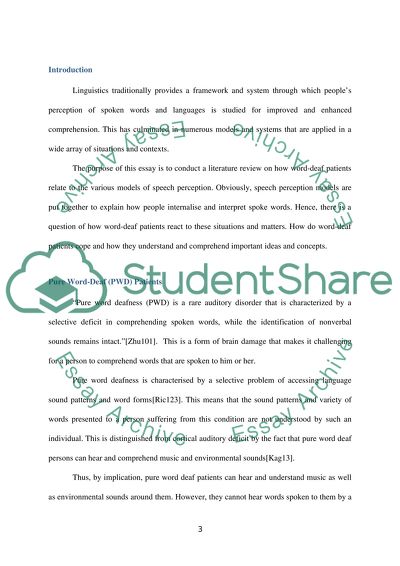Cite this document
(“Linguistics Essay Example | Topics and Well Written Essays - 2000 words”, n.d.)
Retrieved from https://studentshare.org/humanitarian/1695076-linguistics
Retrieved from https://studentshare.org/humanitarian/1695076-linguistics
(Linguistics Essay Example | Topics and Well Written Essays - 2000 Words)
https://studentshare.org/humanitarian/1695076-linguistics.
https://studentshare.org/humanitarian/1695076-linguistics.
“Linguistics Essay Example | Topics and Well Written Essays - 2000 Words”, n.d. https://studentshare.org/humanitarian/1695076-linguistics.


